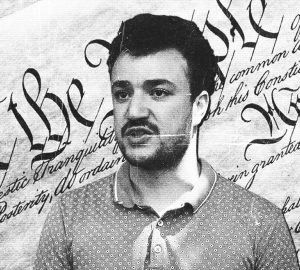Breaking your immersion: Peeling back the curtain on immersive experiences
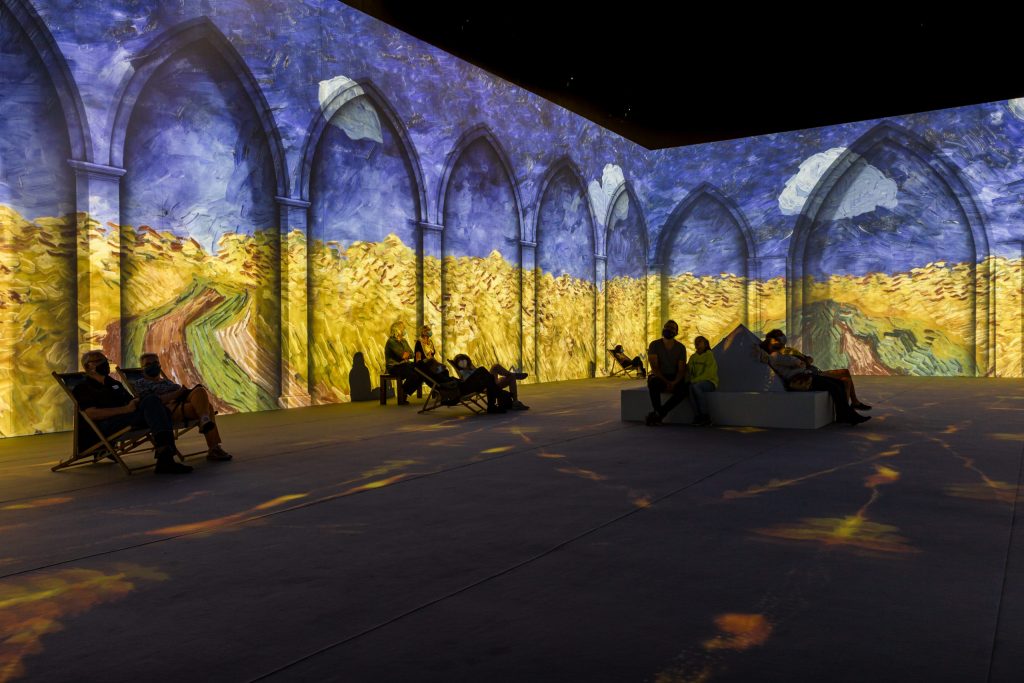
Immersive experiences have become increasingly popular in recent years. Large exhibits dedicated to some of your favorite IPs have sprung up across the country, plunging you into their worlds in creative ways. Museums have slowly begun to turn away from simple placards that visitors have to read to exciting immersive installations that make learning fun and interesting. The new trend of immersive experiences is only growing, and the installations are only becoming more elaborate as time goes on. So when I got the chance to interview SCAD industrial design alumni Garrett Nesselrode, who has worked on multiple immersive experiences, I wanted to ask him all about his experience in the field and how these installations are made.
Could you give us an introduction? What are some of the things that you’ve worked on in your career?
My name is Garrett Nesselrode. I am — by title now I suppose — a freelance exhibit designer. I consult on the technical side right now mostly, but I also offer more creative conceptual services for companies and creative houses. I got my start in commercial (or tradeshow) design. So I’ve had the opportunity to work with Discovery, CBS, NBC, Universal, and Nickelodeon; a couple of big names like that. But then as I shifted over the years into museums, I’ve had the chance to work — either directly or indirectly — on a couple of things. I worked at Imagine Exhibitions for about a year and had the opportunity to help them with some solutions for Harry Potter: The Exhibition, which was here in Atlanta for a couple of months. It was a really fun opportunity to work on some of the technology needs for that show. Right now, I’m working with a company called MDSX. They’re based out of Orlando. They are working primarily on a lot of permanent exhibits that are going to be going up at the Franklin Institute in Philadelphia throughout the next couple of years. I spent the last couple of months helping them do technical design and drafting. I’m actually currently working on my own startup business focused on providing educational immersive exhibits for museums.
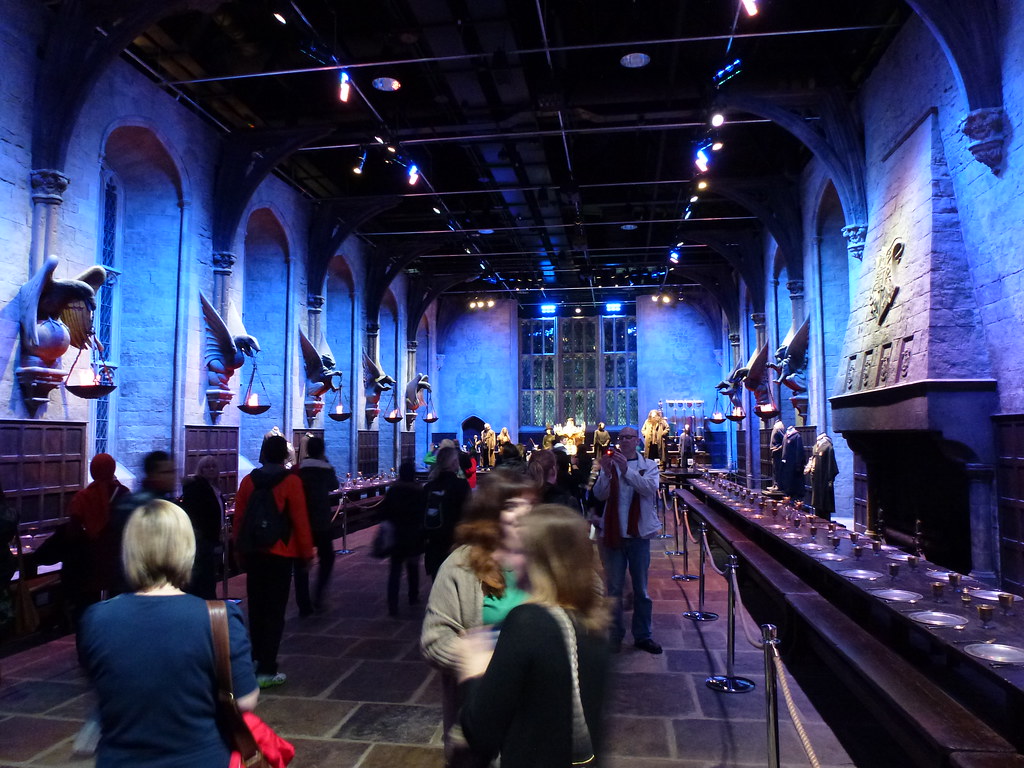
I’ve taken some classes at SCAD on design for amusement parks and other entertainment spaces, and they all use philosophies such as “Mickey’s Ten Commandments.” Is there a rule book or a set of guidelines that you look at and might follow step-by-step?
I couldn’t speak to it from a themed entertainment background because that’s not necessarily where I come at it from. But just kind of speaking in generalized design methodologies, I do find that there’s a lot of overlap. I guess lately the approach that I’ve developed and the approach that I’m starting to implement is to always look at it from a content-first, narrative-first perspective. You have to ask yourself, how are you really captivating the imagination of these people that you are trying to speak to? What are people interested in? What makes them tick on a personal level? I think if you go into it like “I want people to feel this kind of way,” then you’re gonna lead yourself down a hole that might not be effective. So, you want to be open at the beginning. There’s a process of trying to figure out what narrative you can develop that will evoke that feeling the most effectively, and then from that, start thinking with broad strokes.
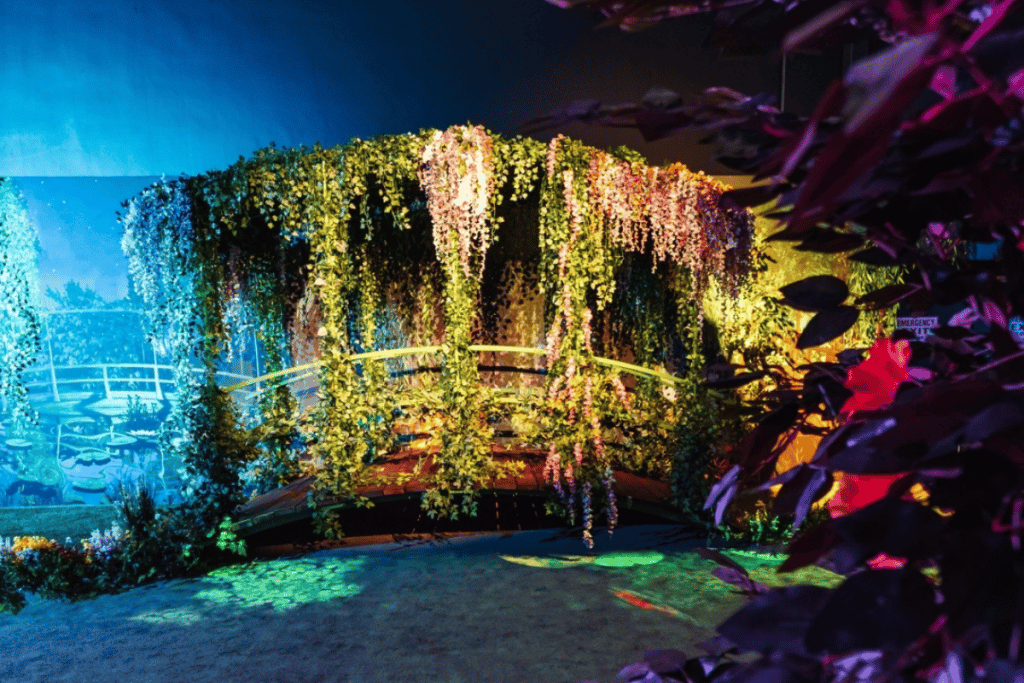
How long does it take to make an immersive experience, from start to finish?
Well, there’s what’s ideal and then there’s the realistic. I think it all depends on the size of the show. If you’ve got maybe a 6,000-square-foot show, I’ll say you’d usually want a year from whatever your determined opening date is. You’ll have to sit down with all of your key contributors and try to come up with those first initial questions of how, what, and why. The process that I engage in for this startup that I’m working on, we’re dealing with usually a three-month process of coming up with a concept. But, you know, it can vary. But I’d say 8,000 square feet is usually about a year. Three to 4,000 square feet, I’ve worked on something like that and banged it out in six months. As far as 12,000 square feet, I’ve never really worked on something like that. So, I think about a year and a half or two years is probably what you can want for anything larger than 10,000.
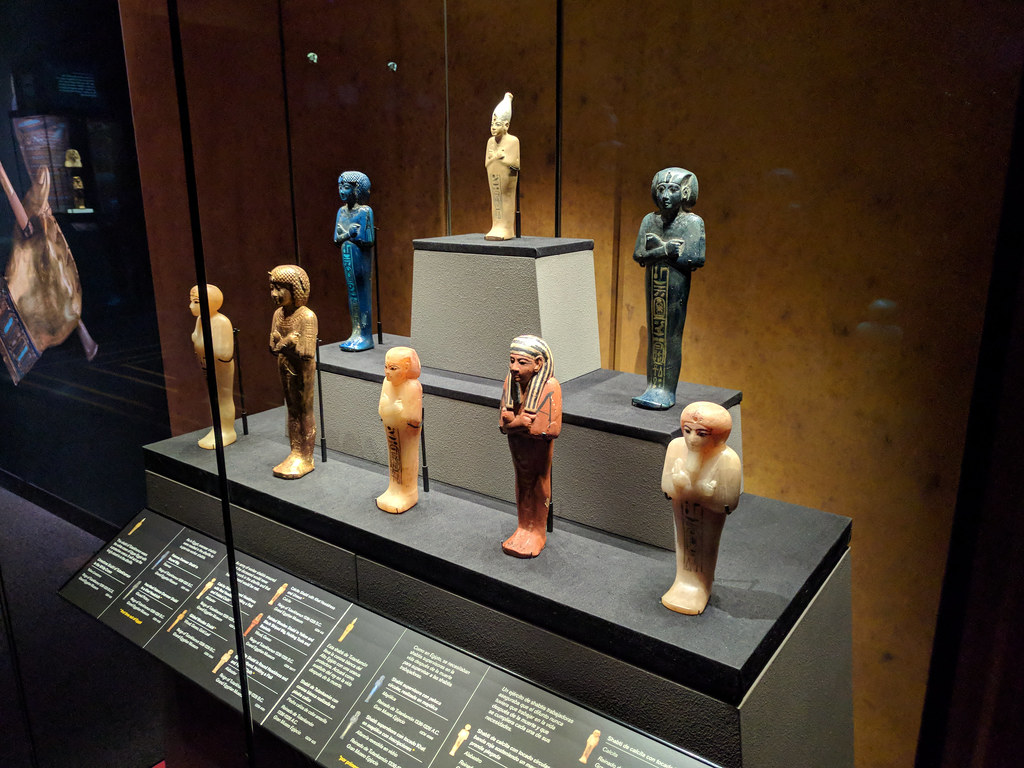
And finally, what do you think is the best immersive experience that you’ve had the chance to work on?
I did thoroughly enjoy being able to help out in the manner that I did on Harry Potter. I thought it turned out really well. I didn’t have as much of a hand as some of the other designers, so I don’t take credit for being a part of that. But I think some of the things that I got to work on were really fun and it was really fulfilling trying to solve some of those problems in that show. And to see it all done was really nice too.





















